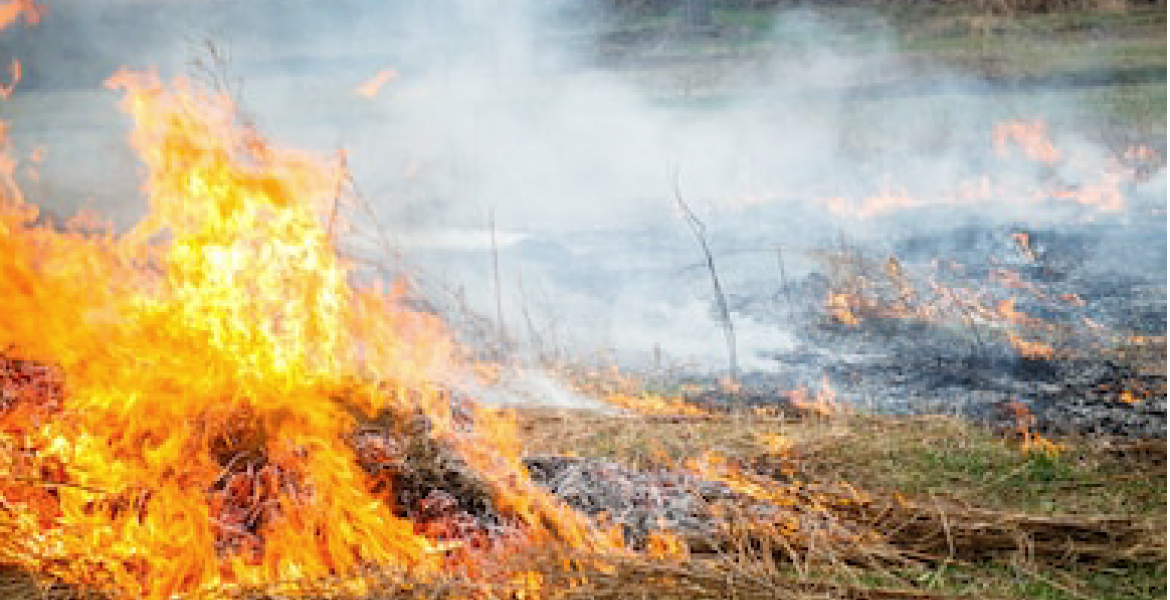AUSTIN — Texas Parks and Wildlife Department biologists have reported a suspect-positive case of Chronic Wasting Disease in a 14-month-old captive male white-tailed deer at the Kerr Wildlife Management Area research facility. The detection resulted from ante-mortem testing conducted on all captive white-tailed deer as part of ongoing research. Samples from the buck were sent to the National Veterinary Service Laboratory in Iowa for confirmation.
Out of an abundance of caution, TPWD staff euthanized all deer in the research facility and collected post-mortem samples, which resulted in no additional detections. TPWD will continue monitoring for CWD throughout the research facility and the WMA.
“TPWD staff are disappointed to abruptly end nearly 50 years of white-tailed deer research that has significantly influenced deer management in Texas and across the country” said John Silovsky, Wildlife Division Director. “Staff will continue to investigate opportunities to enhance the understanding of this insidious disease in both captive environments and free-ranging populations.”
Built in 1974, the high-fenced research facility offers researchers facilities to study white-tailed deer in a controlled setting. The 23-acre facility now is double high fenced and consists of breeding and rearing enclosures, and a series of other structures that facilitate the safe handling of research animals.
The initial stock of deer in the research facility consisted of native Texas whitetails obtained from various locations throughout the state. TPWD did not routinely move deer into or out of the facility after that initial stocking.
The research herd has been maintained as a pedigreed herd investigating nutritional, age and genetic relationships in deer. Research programs in the facility have supported wild deer herd management activities, outreach programs, trainings and the development of antler regulations across the state.
The Kerr WMA has conducted CWD surveillance of its wild and captive deer herds since 2002. Surveillance efforts within the research facility totaled 242 regulatory tests since 2018. Wild deer harvested on the WMA through the public hunting program and field research since 2018 have provided an additional 259 regulatory tests with no detections.
TPWD has intensified its investigations within the facility for the presence of CWD prions since May 8, when the agency received conflicting results —from a presumptive positive RT-QuIC amplification test and not-detected regulatory tests— on a female deer euthanized in January of this year. Assessments within the facility this summer included surveillance with swabs of equipment, water and feed sites paired with targeted euthanasia and tissue testing. Subsequent amplification and regulatory tests confirmed not-detected results on the 66 deer postmortem tested, as part of the investigation. Remaining individuals in the facility were screened with ante-mortem tonsil and rectal biopsies in October resulting in the positive detection from a tonsil biopsy on the 14-month-old male.
CWD is a fatal neurological disease found in certain cervids including deer, elk, moose and other members of the deer family. This slow, progressive disease may not produce visible signs in susceptible species for several years after infection. As the disease process continues, animals with CWD may show changes in behavior and appearance. Clinical signs may include progressive weight loss, stumbling or tremors with a lack of coordination, loss of appetite, teeth grinding, abnormal head posture and/or drooping ears, and excessive thirst, salivation or urination.
CWD has an incubation period that can span years, so the first indication of the disease in a herd is often found through surveillance testing rather than observed clinical signs. Early detection and proactive monitoring improve the state’s response time to the detection of CWD and can greatly reduce the risk of further disease spread.
In Texas, the disease was first discovered in 2012 in free-ranging mule deer along a remote area of the Hueco Mountains near the Texas-New Mexico border. CWD has since been detected in Texas captive and free-ranging cervids, including white-tailed deer, mule deer, red deer and elk.
For more information on previous detections in Texas and CWD best management practices for hunters and landowners, visit TPWD’s CWD page. For more information about the Kerr WMA and research projects visit Kerr WMA web page.
Subscribe to the LIVE! Daily
Required






Post a comment to this article here: